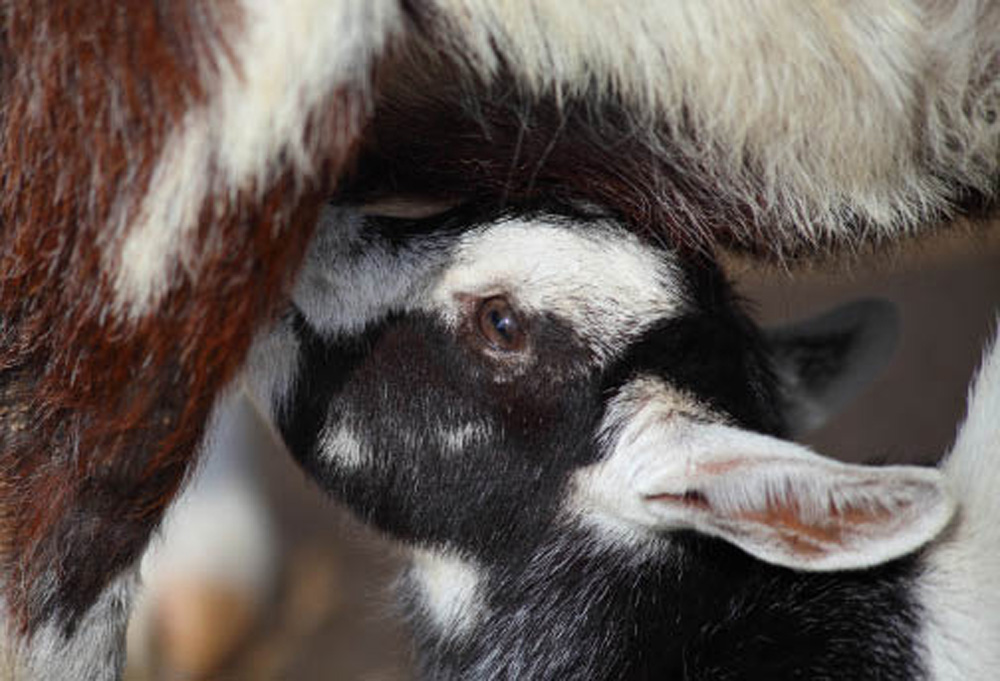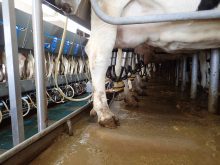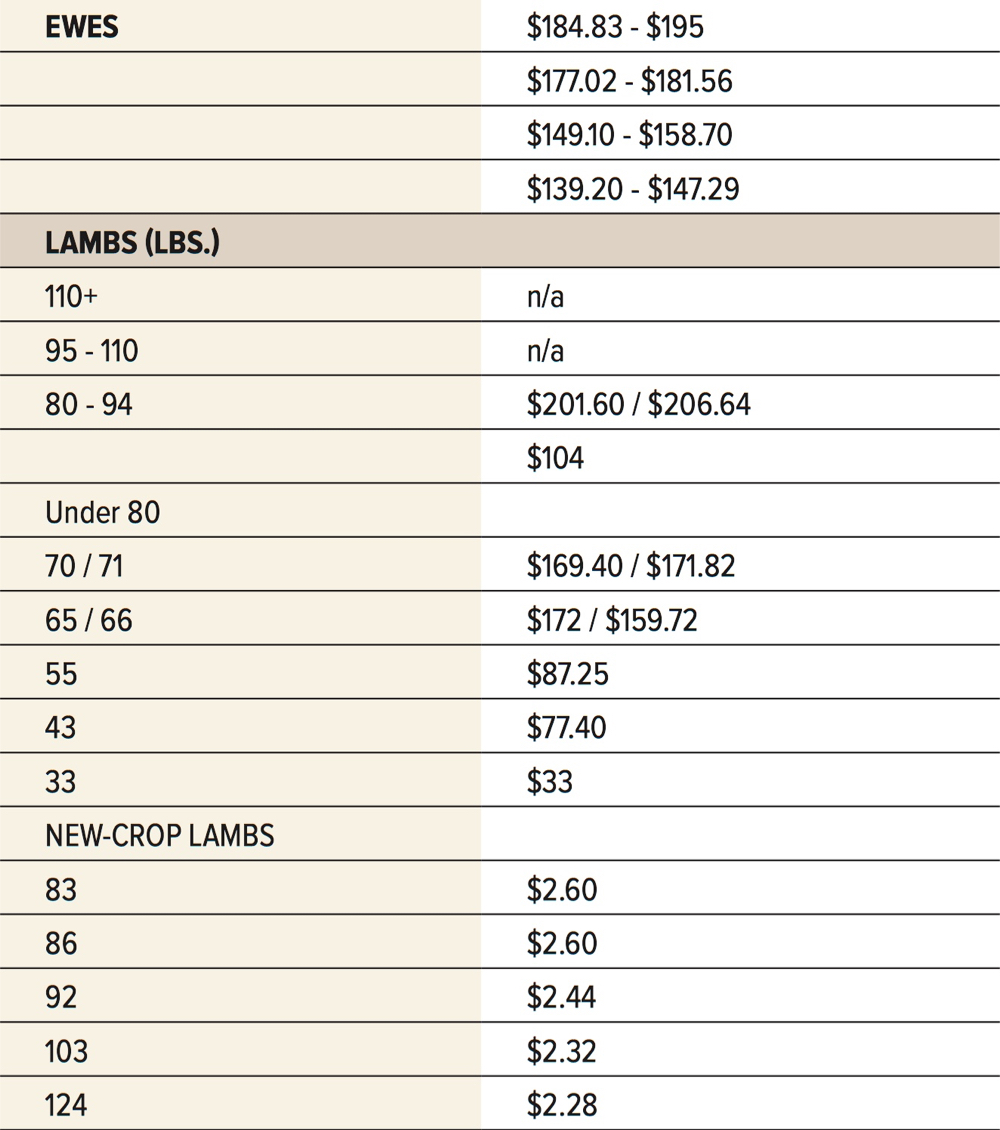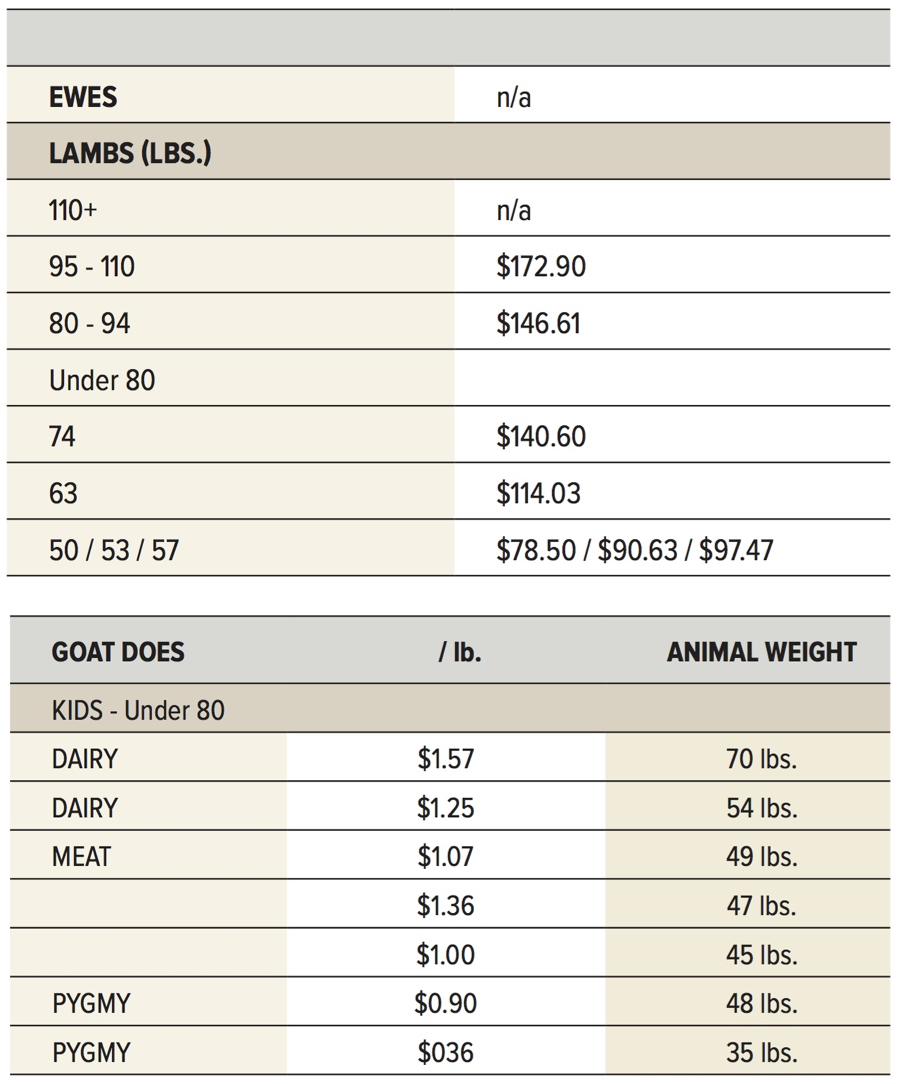Glacier FarmMedia — Udder challenges such as mastitis are ongoing concerns for dairy and meat goat producers.
But healthy udders not only ensure proper milk production, they affect kid performance in meat goats, said Dr. Rosie Busch from the UC Davis School of Veterinary Medicine.
Why it matters: Attention to udder health and milking conditions are critical in assessing and treating diseases, some of which impact kid and overall herd health.
Read Also
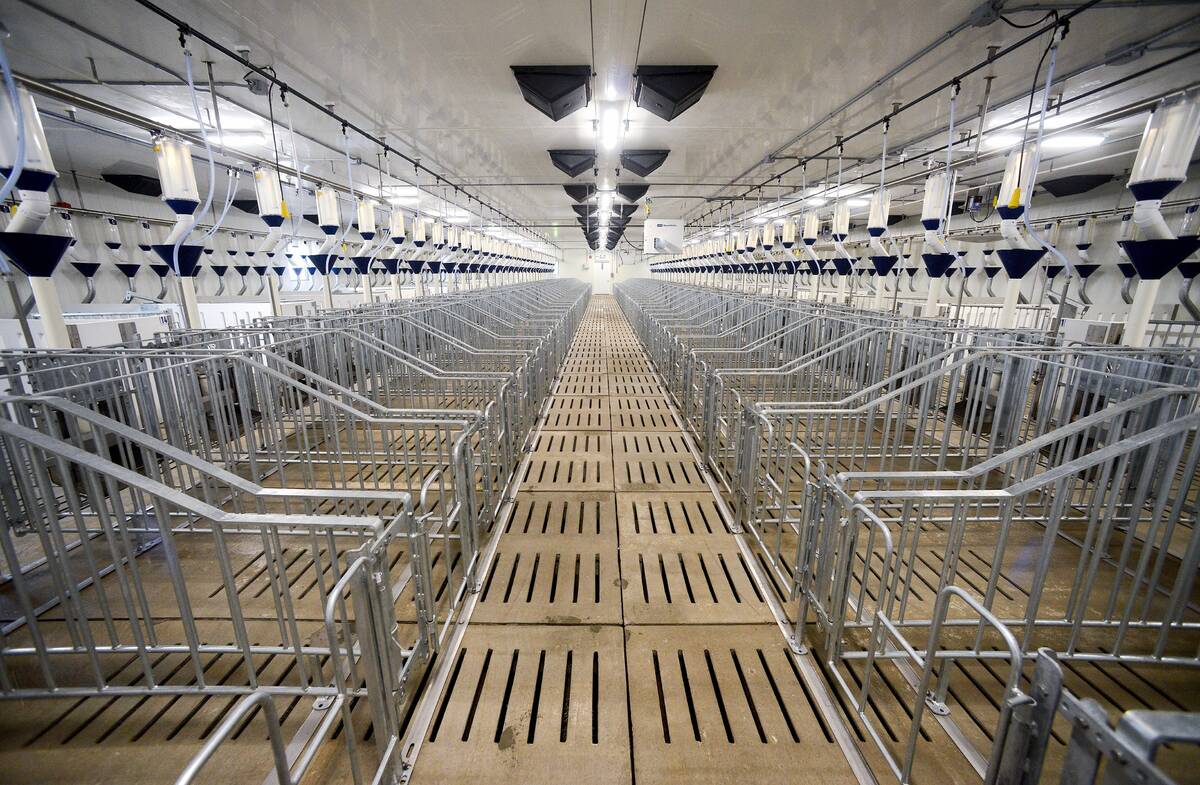
Real farm talk on switching to open sow housing
What actually worked for these Prairie pig farmers when it came time to swap gestation stalls in their barns for group sow housing? What were the results?
“You want to ensure that every goat has an examination of the actual gland and the teats,” Busch said.
“I think it’s a great practice to palpate udders. It’s really important (that meat producers) know what a normal udder should feel like – an udder that’s in lactation and an udder that’s dry.”
Pre-breeding and pregnancy ultrasounds are ideal opportunities for udder palpitation, suggested Busch. Producers should pay particular attention to kids that fail to thrive and check does for milk production.
“If you have a problem with the survivability of kids at kidding, mark those does,” she said, adding that lagging kids from does raising multiples are often not thoroughly investigated.
“Once (producers) start identifying those animals, they are repeat offenders.”
Busch said milk component analysis provides insight into nutrition, disease control and overall composition. For example, mastitis can decrease casein, calcium, lactose and fat while increasing albumin, sodium and chloride, immunoglobulins and lactoferrin. Other diseases also change milk composition.
Goat teats use physical barriers, like a keratin plug, sphincter closure and naturally occurring antimicrobial and linoleic acids to protect against infection.
Dairy clipping, clean bedding and debris removal from udders and legs before milking is advised, but Busch warned that water is the nemesis of disinfection protocols for teats and milking equipment.
“Water provides a basis for bacteria to penetrate the end of the teat. It can bring soil and manure down from the top of the udder to the end of the teat,” she explained. “And if we’re using a lot of water in our prep process, it can be where contamination occurs.”
Regarding mastitis, on-farm milk cultures can help identify the type, but freezing a pre-treatment sample for culturing and possible diagnostic lab work is ideal.
Subclinical versus clinical mastitis
Altered gait can indicate mastitis, as can the sloughing of skin or teat lesions.
Clinical mastitis cases present with a hot, painful and potentially swollen mammary gland with apparent lymph nodes between the legs, abnormal secretions, and sometimes no milk at all, said Busch.
Staph aureus, a contagious and untreatable bacterium, commonly causes blue bag or gangrenous mastitis.
“Typically, when we find it, it’s this catastrophic death loss. It looks really terrible. It can cause multiple organ failure,” she said. “Milking equipment management is critical to help reduce the spread of this disease.”
Producers should separate infected animals and provide two milk streams, with infected animals milked last using gloves on thoroughly dry teats.
Busch said in acutely affected cases, systemic treatment may save the doe’s life, but its udder won’t recover. Subclinical signs, like a small udder abscess, often provide undetected entrance into a herd, but stress can trigger shedding into the milk.
“There is a vaccine in Canada,” she said. “Ideally, if you’re using it for Staph aureus control, it’s best to start vaccinating as doe-lings before they’re freshened.”
Coliforms are gram-negative bacteria, similar to E. coli, which can cause clinical mastitis and occasionally gangrenous mastitis. General udder hygiene, particularly during milking or milk handling, is critical to limit infections, as is provision of a dry place for goats to lie.
Busch said the J5 vaccine for gram-negative mastitis can lower coliform counts, but it depends whether contamination is in the udder or occurred during milking.
“With agalactia, you can have blind or non-functioning glands and then a hungry neonate,” Busch said. “For those raising meat goats, it’s usually the first thing you notice. Their kids are either starving or dying.”
Snatch-rearing kids before nursing could minimize contagious disease spread, as will frequent replacement of tubing and feeding implements.
Elevated bulk tank somatic cell counts and reduced milk yield, curd, and longer clotting times indicate sub-clinical mastitis.
“Over time, those glands can become scarred or fibrotic because they’re constantly battling infections,” Busch said. “And (the animal gets) a hard gland after they’ve had (untreated) infections.”
Coagulase negative Staph is a gram-positive bacteria that causes high somatic cell counts, she said, and it is present in 85 per cent of milk tested for mastitis. A study she’s working on with Iowa State shows 40 per cent of apparently healthy does have the bacteria.
“That’s a lot. If untreated, it’ll go on to cause fibrosis.”
It’s thought to respond to early treatment, but Busch said further research and data are needed to discern whether animals are susceptible to recurrence of the same infection or to new ones.
“Mastitis control and disease control, in general, comes back to reproductive management. So, if we have everyone freshening simultaneously, it becomes a little bit more challenging to manage and monitor these high-producing does all at one time.”
Busch said an annual milking cycle could identify and control disease and manage market and facility capacity. Some producers incorporate extended lactation over 365 days as an additional control tool.
“If we only have to kid out a third of the does each year, that can be helpful for disease control, but you definitely want to be strategic about it and make sure you have planned breeding times for that extended lactation.”

